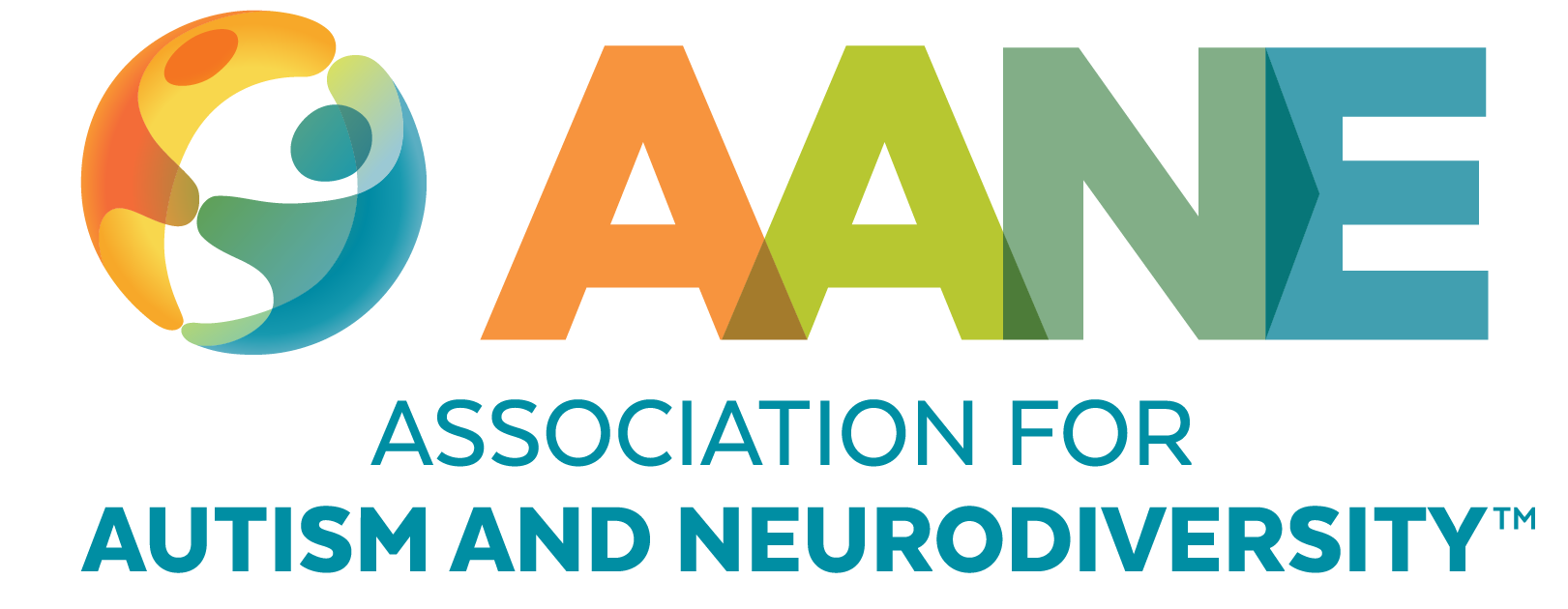
Medical ID Bracelets, Wallet Cards, and Lanyards
Wallet Card
Download AANE’s free wallet card here:
Medical ID Bracelets, Wallet Cards, and Lanyards
An Autistic person may want to disclose when interacting with a first responder such as a police officer, firefighter, or paramedic. This kind of disclosure may be especially hard, because the situation may be an emergency or one in which you feel unsafe. Some Autistic individuals find it helpful to wear a medical ID necklace or bracelet to alert first responders about autism. Medical ID bracelets are a common, well-recognized means of providing health and disability information to first responders. The medical ID bracelet can explain that you are Autistic and either include more information or let the first responder know you have a wallet card with more information.
Wallet cards can be used in addition to a medical ID bracelet to share information in non-confrontational situations with a healthcare provider at a regular visit or at the emergency room. Police may misinterpret your intentions when you reach for an identification or wallet card. They may make the false assumption that you are reaching for a weapon. Do not reach for any identification or wallet card until a police officer tells you it is ok to do so.
Remember to follow these rules if you are using a wallet card:
- Always ask if you can show the officer your wallet card to explain autism BEFORE you reach for it.
- Tell the officer where your wallet card is and ask again if it is okay to reach for it.
- Do not make any sudden moves when getting your wallet card.
- Practice what you will say to first responders with trusted people.
For first responders: Tips to help interact with autistic individuals.
Many individuals will feel anxious and show behaviors that are not suspicious but are a result of their anxiety (e.g. pacing, talking to self, red face, clenched fists, not making eye contact, walking away).
- Keep your voice calm and talk slowly.
- Don’t ask too many questions at once.
- Allow time for the individual to process what you are saying (count to 30 in your head before repeating the request).
- Do not touch the individual without letting them know what you are going to do.
- Do not require eye contact.
- Ask if there is an emergency contact you can call for the individual.
For more information about safety, the Autistic Self Advocacy Network (ASAN) has an Autism & Safety Toolkit
How to Use the Wallet Card
The Wallet Card Video below explains when and how to use the wallet card. It includes depictions of three different scenarios where the Wallet Card brings clarity to interactions between Autistic individuals and law enforcement. The video is produced by Deborah Dietz and hosted by Lieutenant Bart Barta from the Coral Gables Police Department and Haley Moss, an Autistic woman.
Sunflower Lanyard
The sunflower lanyard is a tool used in Europe and becoming more popular in the United States to voluntarily share that you are disabled, even if that isn’t readily apparent. Wearing the lanyard can help while interacting in public, such as while traveling in airports, on public transportation, or in shops. Lanyards are available at: https://hiddendisabilitiesstore.com/us/ or at the Newark in NJ, LaGuardia, or JFK Airports in NYC at each terminal’s welcome center.
Stay Current
Subscribe for AANE weekly emails, monthly news, updates, and more!
